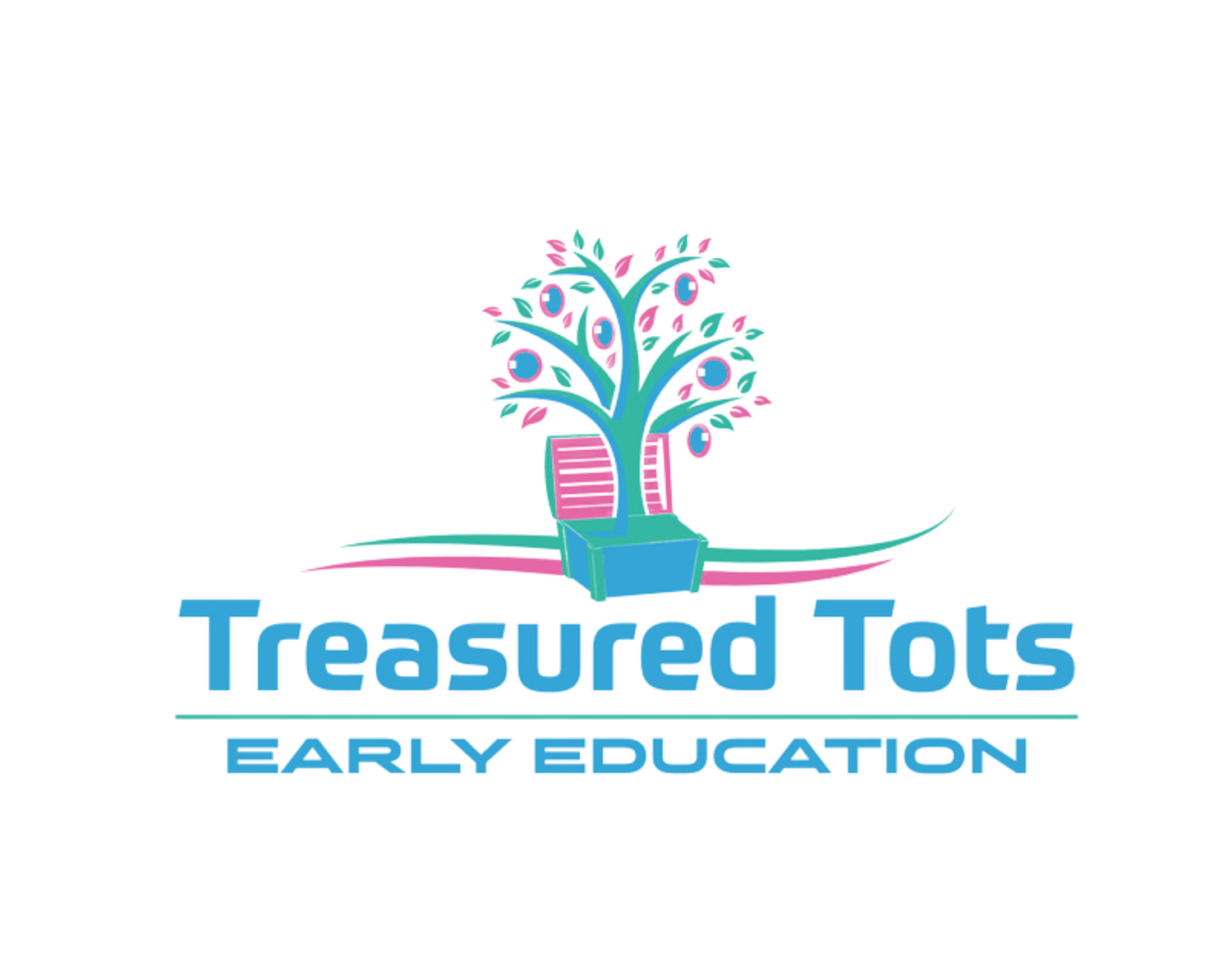Loose Parts In The Learning Environment
The inclusion of loose parts in a learning environment is recognised by experts as an important factor supporting a child’s healthy development.
What are loose parts?
The term ‘loose parts’ was coined by British architect and artist, Simon Nicholson who published a wide-ranging article in the 1970s suggesting that open-ended materials provided greater opportunity for exploration and creativity than fixed learning environments which had static artificial resources.
He cited materials, shapes, smells, sounds, music, motion, chemical interactions, fire, fluids, animals and humans as examples of ‘loose parts’, saying that all children loved to play, experiment, discover, invent and have fun with these open-ended ‘variables’.
Loose parts can be used on their own or to support existing resources, but they always create a richer environment which allows little people to follow their interests and learn about the world around them.
Examples of loose parts
The possibilities are endless.
Loose parts can be sourced from nature (such as sticks, stones, sand and gum nuts), collected from around the home (for example pots, dried pasta, ice cubes and baking soda), picked up from a building site or shed (such bits of wood, a hammer and nails) or bought from a shop – there really is no limit to the materials and objects that can be found and used.
Loose parts can be used in multiple ways and whether they’re being moved around, pulled apart, carried about, redesigned, transformed into imaginary objects, combined, lined up – the list goes on and on – they offer infinite opportunities for creative exploration.
Loose parts are:
Portable
Open-ended
Sensory
Versatile
Cost-effective
How do loose parts benefit a child’s development?
Loose parts are open-ended and non-prescriptive, which means the focus is on the process rather than the end result.
Unlike many children’s man-made toys and games, there is no specified outcome with loose parts. The puzzle doesn’t have to be completed. The train tracks don’t need building. Nothing has to be achieved – it’s all about the process.
Loose parts encourage the healthy development of a child’s:
Fine motor skills
Gross motor skills
Cognitive skills such as critical thinking and problem-solving
Literacy and numeracy skills
Social and emotional skills including collaboration, taking turns, sharing, empathy and listening
Independence (as they take ownership of their play)
Self-esteem (there’s no right or wrong way to play with loose parts so the child doesn’t feel judged or evaluated)
Loose parts in action
Picture the scene. Children are out on a nature walk and they decide to build a fort. They pick up small objects like leaves and twigs using the small muscles into their fingers and hands. They move and manipulate heavier objects like fallen branches or bigger stones, using their bigger muscles.
The children may find some water and play with mud, or pull apart the petals of a flower to see what’s inside. They have to discover out how to build the fort and through trial and error, they’ll realise what works and what doesn’t work. They may repurpose found items as swords, hammers, magic wands, fire-eating dragons – the play possibilities are endless.
They may play together or alone, but all the while they will be exploring the unknown, pursuing what interests them, satisfying their curiosity and experiencing joy in the process. Importantly, when playing with loose parts, children use them in ways which are developmentally appropriate and they control the purpose and manner for which they are used.
In conclusion
In a similar vein to the acclaimed Reggio Emilia philosophy which inspires our learning environments at Treasured Tots, Nicholson believed that all children had an innate curiosity. (See our other blog ‘Children are born curious’ for more information on this topic).
He also said that children had a need to play with things which satisfied this curiosity and which facilitated the pleasure of discovery and invention. And that’s why you’ll find that play with loose parts is fundamental to daily life at our Treasured Tots childcare centres in Mandurah, Bibra Lake, Fremantle, Piara Waters, Hamersley, Bennett Springs and Bicton.
If you’re interested in seeing how children develop and grow through playing with loose parts, we’d love to show you around one of our centres. You’re welcome to contact us or book a tour on Treasured Tots and check out our website for more details.

